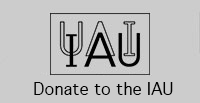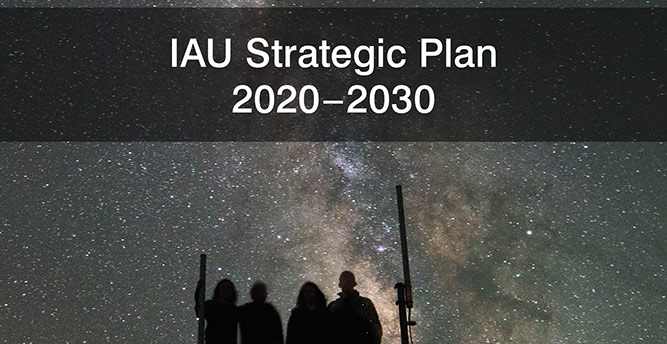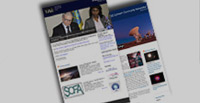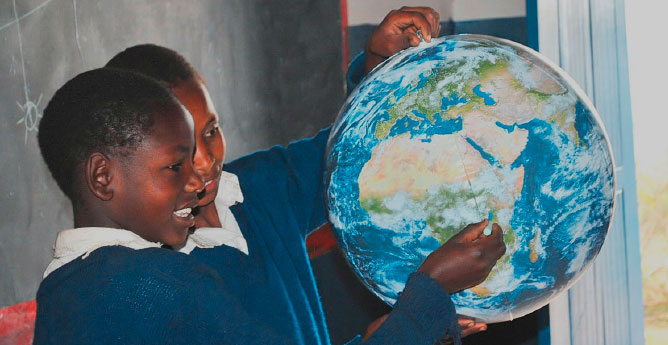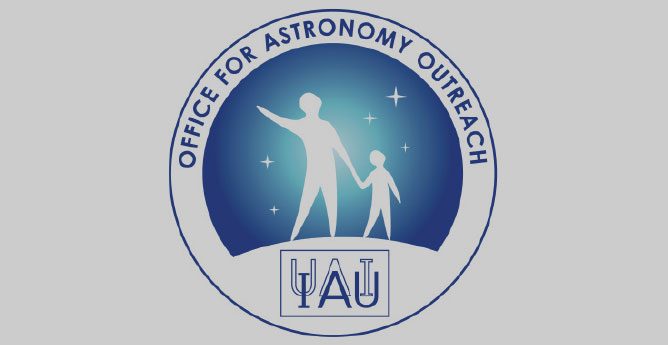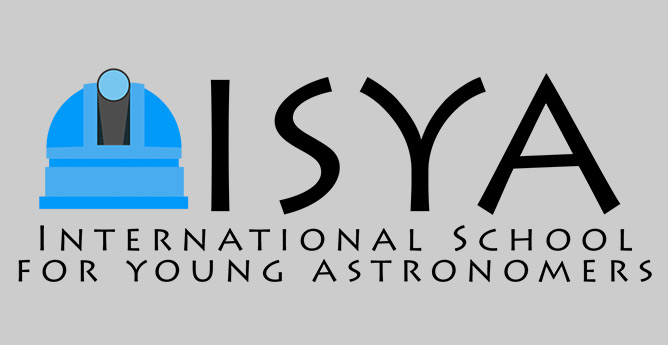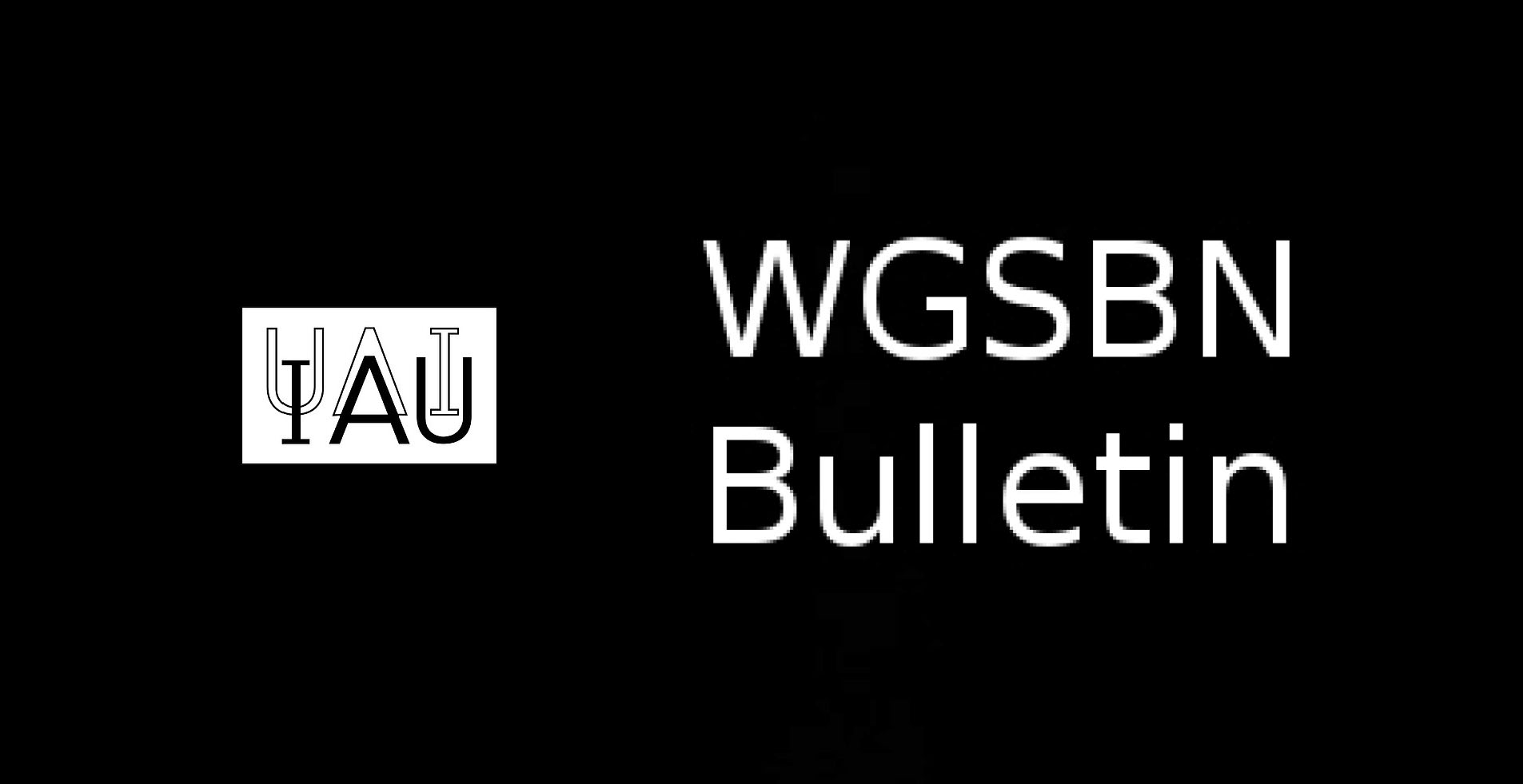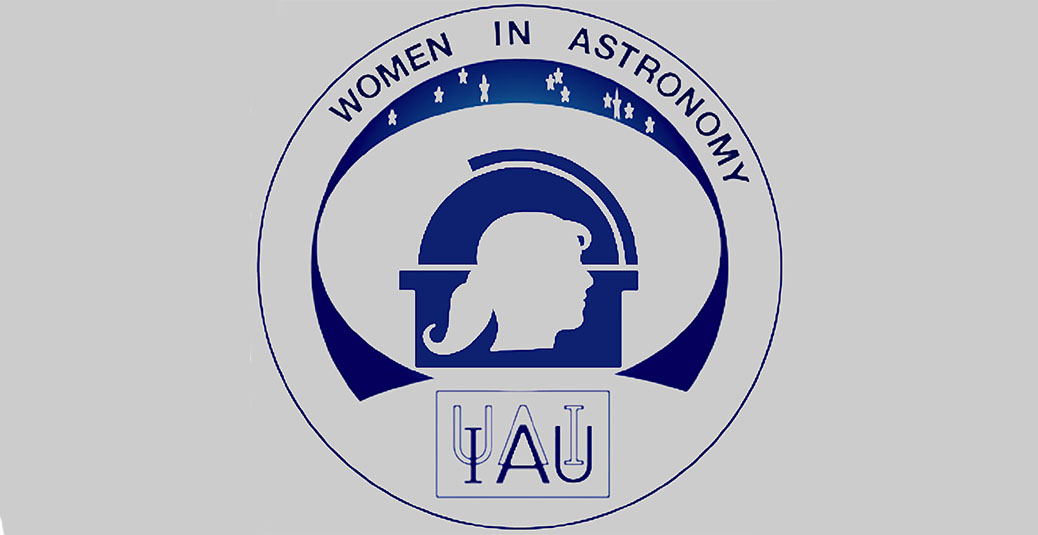- News
- Science
- Scientific Bodies
- Divisions
- Commissions
- Commission A1 Structure
- Commission A2 Structure
- Commission A3 Structure
- Commission A4 Structure
- Commission B1 Structure
- Commission B2 Structure
- Commission B3 Structure
- Commission B4 Structure
- Commission B5 Structure
- Commission B6 Structure
- Commission B7 Structure
- Commission C1 Structure
- Commission C2 Structure
- Commission C3 Structure
- Commission C4 Structure
- Commission C5 Structure
- Commission D1 Structure
- Commission E1 Structure
- Commission E2 Structure
- Commission E3 Structure
- Commission E4 Structure
- Commission F1 Structure
- Commission F2 Structure
- Commission F3 Structure
- Commission F4 Structure
- Commission G1 Structure
- Commission G2 Structure
- Commission G3 Structure
- Commission G4 Structure
- Commission G5 Structure
- Commission H1 Structure
- Commission H2 Structure
- Commission H3 Structure
- Commission H4 Structure
- Commission J1 Structure
- Commission J2 Structure
- Commission J3 Structure
- Commission X1 Structure
- Commission X2 Structure
- Past Commission Organising Committees
- Working Groups
- Centres
- Scientific Meetings
- Rules & Guidelines
- General Assemblies
- Meeting Proposals
- Future IAU Meetings
- General Assemblies
- EC Meetings
- Officers' Meetings
- Regional Meetings
- Symposia
- Focus Meetings
- Institutional Meetings
- IAU Offices Meetings
- IAU-Sponsored Meetings
- Letters of Intent submitted for 2024
- Letters of Intent submitted for 2023
- Letters of Intent submitted for 2022
- Letters of Intent submitted for 2021
- Letters of Intent submitted for 2020
- Past IAU Meetings
- Templates
- Other Meetings
- Grants & Prizes
- Scientific Bodies
- Publications
- IAU Publications
- IAU Strategic Plan
- Symposia
- WGSBN Bulletins
- Regional Meetings
- Information Bulletins/Catalyst
- E-Newsletters
- Focus Meetings
- Transactions A
- Transactions B
- Related Publications
- GA Newspapers
- CAPjournal
- IAU Books
- Brochures
- IAU Offices
- WG Reports
- Commission Reports
- Division Reports
- Past IAU Publications
- Rules, Guidelines and Instructions for Proceedings
- Publishers
- IAU Publications
- Administration
- About the IAU
- Statutes & Rules
- IAU Policies
- IAU Executive Bodies
- IAU Secretariat
- Resolutions
- Members Administration
- Administrative Dates & Deadlines
- International Organisations Relations
- Donate to the IAU
- Training in Astronomy
- Astronomy for Education
- Astronomy for Development
- Astronomy for the Public
- Office for Astronomy Outreach
- FAQ
- Themes
- Satellite Constellations
- Astronomy in Everyday Life
- How to Report a Discovery
- Careers in Astronomy
- Defining our Place in the Cosmos
- The Constellations
- Light Pollution
- Measuring the Universe
- Near Earth Objects
- How to Participate in Astronomy Research
- Naming of Astronomical Objects
- Naming of Exoplanets
- Buying Star Names
- Naming Stars
- Pluto and the Solar System
- IAU Member Statistics
- Our Moon: the Moon
- Meteors & Meteorites: The IAU Definitions of Meteor Terms
- UNESCO-IAU Portal to the Heritage of Astronomy
- Social Media
- Past Events
- Call for Online Resources
- Astronomy@Home Awards
- Contact
Women and Girls in Astronomy
An IAU Outreach Global Project
Overview
The Women and Girls in Astronomy project supports events that recognise the role of all women in advancing science and encourages everyone on and off the gender spectrum to consider careers in astronomy. The International Astronomical Union (IAU) strongly encourages activities throughout the year, with a particular focus between two International Days adopted by the United Nations: the International Day of Women and Girls in Science on 11 February and International Women’s Day on 8 March.
With each new edition, the Women and Girls in Astronomy project strives to grow and improve. We want to clearly state that trans women are women. We invite everyone on and off the gender spectrum to engage with this programme, highlighting our shared and individual experiences that can help us grow toward a better, more inclusive future in STEM.
This year, our National Outreach Coordinator network turns 10! In honour of their amazing work, we will feature the women of the NOCs: their incredible stories and the people of all genders they inspire.
The IAU Office for Astronomy Outreach (OAO) invites all outreach practitioners, parents, youth and astronomers to contribute to the programme and support a number of virtual and in-person events that recognise the contributions of all women and girls in astronomy.
Host or join an event
Host your own event to celebrate all women and girls in astronomy! Register your event in the Astronomy Outreach Event Calendar, and we’ll promote the events on our social media.
Do you need some ideas for your gender-inclusive astronomy outreach event? You can find some ideas in the Office for Astronomy Outreach Toolkit. If you have developed or know of any gender-inclusive astronomy outreach activity format, please share it with the community.
Here are some more ideas for your astronomy activities:
Women in Astronomy Card Game
This cooperative card game allows players to learn about women in astronomy throughout the ages and the role they played in shaping the field of astronomy. These cards are available in multiple languages:
Arabic
Translation courtesy of Ali Jaber Al-Edhari, NOC Iraq Team / College of Science Al-Muthanna University
Bangla
Translation courtesy of Shafayet Rahman & Bashwajit Karmakar, NOC Bangladesh Team
English
German
Translation courtesy of Carolin Liefke, NOC Germany Team
Haitian
Translation courtesy of Rulx Narcisse and proofread by John Masken Larose, NOC Haiti Team
Japanese
Translation courtesy of Miho Matsumoto (Assistant NOC Japan, NAOJ/PRC) and proofread by Seiichiro Naito (NAOJ/PRC) and Makiko Aoki (NAOJ/IT Security Office)
Persian
Translation courtesy of Abbas Mokhtarzadeh, Amateur Astronomer, ACEAP Ambassador, NASA Solar System Ambassador, and Author
Polish
Translation courtesy of NOC Poland Team
Portuguese
Translation courtesy of Paulo Henrique Colonese, Espaço Ciência Viva
Romanian
Translation courtesy of Ana Naghi of the NOC Romania Team
Slovak
Translation courtesy of Žofia Chrobáková (University College London; Faculty of Mathematics, Physics and Informatics, Comenius University in Bratislava), and proofread by Rudolf Gális (IAU NOC Slovakia; Faculty of Sciences, P. J. Šafárik University in Košice).
Spanish
Translation courtesy of Julio Baizaba, Neuronared (Mexico)
More languages are on the way, so check back here or follow us on social media (X, Facebook and LinkedIn) for updates!
Observational Challenges
Do you love looking up at the night sky? One or more of these observational challenges that feature women in astronomy! You could consider hosting a lecture before, during, or after your observational event. The Women in Astronomy Card Game is also a great way to start conversations about women in science.
Andromeda Galaxy
Vera Rubin, in the 1970s, used observations of the Andromeda Galaxy to infer the existence of dark matter: the mysterious material that makes up about 85% of the total mass of the Universe! Her observations shaped the way we understand the Universe today, leading to even more questions for us to uncover.
Magellanic Clouds
Henrietta Swan Leavitt used observations of stars in the Magellanic Clouds to derive the period-luminosity relationship for Cepheid Variable stars, leading eventually to an important rung on the cosmic distance ladder, allowing us to understand the Universe to great distances.
Penumbral Lunar Eclipse
A penumbral lunar eclipse will take place in late March 2024 and will be visible in North, Central and South America. Though after the official period of our Women and Girls in Astronomy project for 2024, you might consider hosting a viewing party for people in your community and discuss the work of Aglaonice, a 1st or 2nd BC Greek astronomer who was the first scientist known to recorded history to approximately predict when and where lunar eclipses would occur.
You can also attend an event hosted or supported by one of our 130+ NOCs! We’ll be sharing their events on OAO’s Facebook and Twitter. Or, feel free to join an event from the astronomy outreach community listed in the Astronomy Outreach Event Calendar.
Join our social media campaign
Follow the OAO's X, Facebook and LinkedIn to learn more about astronomers around the world, gender-inclusive activities and projects, share resources, events and more! And don’t forget to join the conversation by using the hashtags #WomenInAstronomy and #WomenInSTEM.
Hungry for some extra resources?
Check out this compilation of educational resources courtesy of Andrew Fraknoi: Women in Astronomy: An Introductory Resource Guide.
The OAO would like to thank the IAU Executive Committees Working Group Women in Astronomy and Astronomy for Equity and Inclusion for their support and guidance in the Women and Girls in Astronomy Outreach Global Project.
Contact
Kelly Blumenthal
Director, IAU OAO
Tel: +81 080 8841 3569
Email: blumenthal.kelly@oao.iau.org
Past Editions of Women and Girls in Astronomy:

